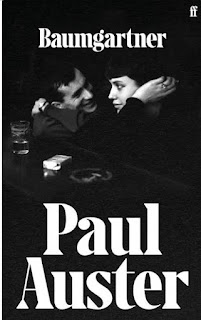The Plains
The Plains was once described by Ben Lerner as a ‘strange Australian masterpiece’, a novel that ‘can feel less like something you’ve read than something you’ve dreamed’ ( The New Yorker, 29 March 2017).While Gerald Murnane locates the story in the Australian continent, its mythic qualities are such that Lerner recognises the expansive grasslands and unobstructed sky of the Great Plains of North America. Wayne MacCauley also makes the case for a wider reading in his introduction to the 2012 Text Publishing edition to Murnane’s 1982 novel, placing it figuratively in ‘the library of alternative Australian fiction’ (vii), a reading experience he compares to ‘anything proposed by Swift, Kafka, Borges or Calvino’ (ix). Indeed, these are appropriate references. From Swift and Calvino, the sense of allegory and fable; from Kafka, the alternative world, dream-like but here more faintly oppressive; from Borges, the labyrinth library of poets, artists and writers endlessly specia...





